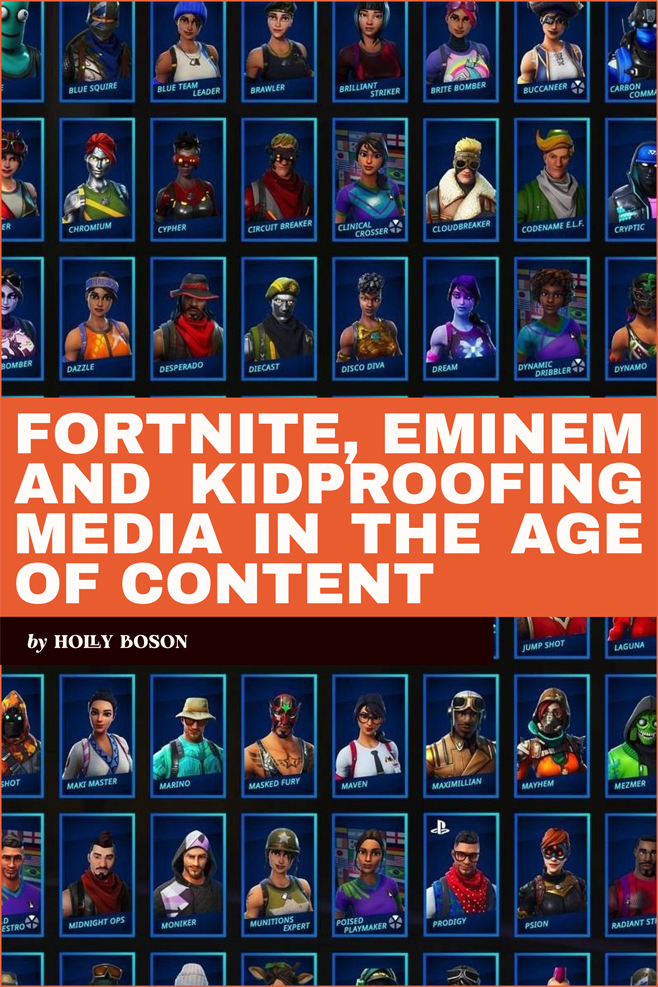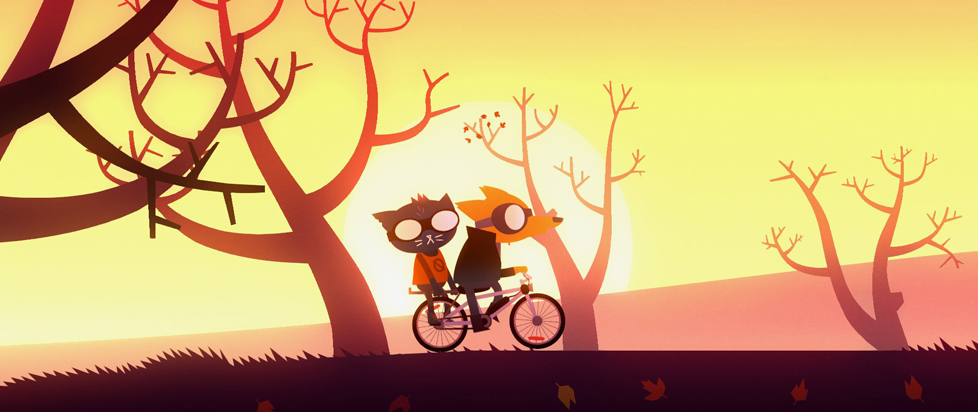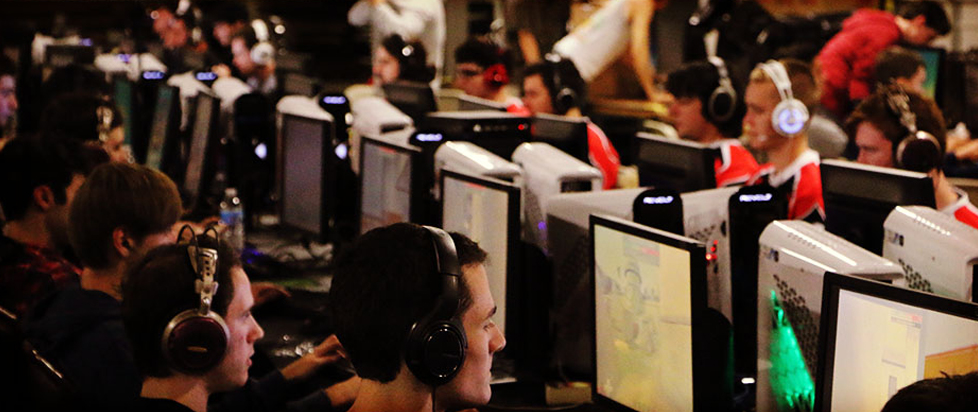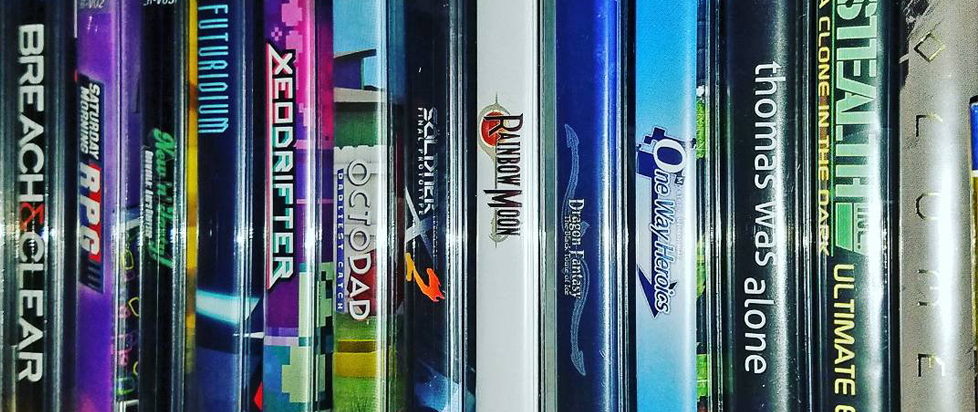
Fortnite, Eminem and Kidproofing Media in the Age of Content
This is a feature excerpt from Unwinnable Monthly #172. If you like what you see, grab the magazine for less than ten dollars, or subscribe and get all future magazines for half price.
———

The FTC won’t let them be. The biggest Fortnite event this February has nothing to do with the Battle Royale – it’s the deadline for claiming part of Epic’s settlement following the Federal Trade Commission’s 2022 ruling that the game’s confusing interface, use of loot box mechanics and hostility to refunds were designed to trick players into making purchases that they did not want. The settlement took particular interest in the way the Fortnite interface automatically saved payment info, meaning any child able to pester their adult to purchase the smallest quantity of V-Bucks could easily buy as many new skins and emotes on their parent’s card as they dared to risk.
The FTC’s description of the purchases as “unwanted” falsely implies that most of these purchases were an accident. Children don’t usually earn their own money until at least their teens, so they have questionable judgement about whether it’s worth blowing hours of someone else’s pay on a virtual costume of a dancing banana. In Fortnite, a player without a paid skin has an avatar which changes every round between several characters of various genders and races, so players must open their wallets for the privilege of an avatar that communicates their personality or looks like them – a must on a platform used by kids to socialize.
More damning about Epic’s attitude towards children was the FTC’s second ruling, which fined Epic for knowingly violating COPPA, a rule that protects under-13s from data harvesting and social abuse. The $275 million they were fined is nothing compared to the estimated $30 billion in revenue Epic made since Fortnite launched as a modest zombie survival game in 2017.
The reason that Fortnite, upon adding its Battle Royale mode, outcompeted its inspirations is partly due to its platform agnosticism and use of cross play, letting players on consoles, PC and phones hang out in the virtual space together. At a time when mobile gaming was just beginning to accommodate console-style experiences, Fortnite was a thrilling technological development in an uncrowded market, but also got around the way young people’s freedoms are restricted. Your parents could stop you playing with your console if they wanted to use the TV, but they couldn’t stop you playing Fortnite, because you have that on your phone, which your parents make sure you have with you at all times in case you get in trouble. You could play with internet friends under the covers on a school night, or even play in class (Common Sense Media found in 2018 that 27% of 13-18 year olds admitted to doing this).

Epic capitalized on this by building the game into a playground of youth culture, filling it with barred-out melodic rap of the type parents don’t think is real music, dances from video sharing platforms that parents don’t know how to use and cross-promo with any media property trying to create or affirm relevance. Even Fortnite‘s free-to-play pricing structure meant children could download the game themselves, without having to negotiate with an adult for access to a debit card. The result is that, as the FTC found in 2019, 53% of American tweens aged 10-12 played the game weekly, in contrast to 33% of American teens, and only 19% of young adult Americans aged 18-24.
Fortnite was designed from the ground up to appeal to 8-14 year olds, with the building gameplay intended to evoke the common childhood experience of building forts and playing with puzzle toys, but using the 12+ age rating to make it feel genuine to its intended player base. Epic’s stated strategy was to be “living room safe, but barely,” a game that your parents disapprove of, but accept as less dangerous than more overtly militaristic games like PlayerUnknown’s BattleGrounds or the Call of Duty franchise (Epic recently blocked the British Army from using Fortnite to recruit). Keeping the balance right would let a child feel grown-up to have Fortnite NERF guns and lunchboxes but allow parents to tolerate buying them.
Kids have less status in society than adults. We justify this with their vulnerability, but in practice, being a child is an experience of institutionalization, control and social degradation. Children are fed art that represents the sanitized world adults would like to pass on to them, but this itself is a mode of control, for a class of people who exist in the same world of pain, unhappiness and blood as the rest of us. You likely remember how much darker and more violent the pretend games you played in the playground were, compared to the cartoons you got the characters from. I bet the art you cherished the most at that age wasn’t anything that felt cozy to you, or anything so beyond you that it was boring or gave you nightmares – but the stories that made you aware for the first time of what a big, intense world out there it would be when you finally get old enough to explore it. Since the 1950s, the medium of children’s commercial art which served as the socially acceptable place for kids to engage with taboos has been pop music. Marshmello’s cartoon head, Travis Scott’s action figure imagery and Ariana Grande’s dainty princessiness all appeal to children despite their music containing themes of drugs, violence and sexuality that would be unthinkable in a children’s movie. Naturally, all of these artists had virtual concerts in Fortnite.

On December 2nd, Fortnite‘s Big Bang event finished with a cameo from Eminem, the pop star who embodies the tension of child-inappropriate children’s art better than any other. His 2000 album The Marshall Mathers LP is a work about the contrast between the sanitized environment we desire for kids and our horrid actual treatment of children, blaming negligent parents, sensationalist celebrity culture, pearl-clutching commentators and himself as a young father of the next generation of screwups. Its puke-and-brimstone approach begins with chainsaw-’em-up lyrics about raping his mother and ends with an intricate list of homophobic slurs; yet Viacom allowed Eminem a takeover event of MTV’s after-school appointment show Total Request Live, dissing teen pop for the amusement of his squealing preteen girl audience in the same month as guest appearances from parent-approved teen idols like Howie from the Backstreet Boys and Hanson. He may not have used any foul language, but the message was clear – his dangerousness was the reason he spoke to kids.
There’s something anachronistic about seeing the personification of the Y2K culture war rendered in Fortnite‘s raytraced silicone rather than the origami style of Quake III Arena – you may be forgiven for assuming that Epic’s response to the FTC ruling was to pivot away from real children in favor of Millennials, who have similarly childish tastes and also live with their parents. But, like Robert Christgau predicted, Eminem’s kid appeal has outlived the shelf life of his celebrity references. His 2004 parent-child love song “Mockingbird” was a 2023 TikTok hit, and one of his Fortnite skins is of his noir image from Music to be Murdered By, a Platinum-selling 2020 album in which Eminem’s middle-aged fretting about his fading star doesn’t keep him from rapping about bullies stealing his tricycle or a child’s plot to murder his abusive stepfather. Even outside of his puerile subject matter, Eminem’s candy-coated Rube Goldberg prosody is fascinating to kids, a demographic more interested in concepts of ‘biggest’ and ‘strongest’ and ‘fastest’ than in effortlessness. Epic Games claimed Eminem was the Fortnite playerbase’s most requested musician.
With this context, Eminem’s presence in The Big Bang can be interpreted as an apology to the players following their disastrous attempts at childproofing. With the FTC’s eyes on them, Epic found themselves forced to obey both COPPA and the standards of censorship bodies. In November, Epic’s strategy was to age-rate individual skins that had elements of fear or violence, then restrict them from being used in game modes rated for under 12s – mostly community content made in Creative mode. The resulting restrictions ended up on characters who had holstered guns as part of their character models, as well as on mildly scary visuals like the Marvel supervillain Venom. Outcry led Epic to announce a new strategy where skins would have multiple censorship levels and adjust between them on the fly, but the basic underlying logic remains ridiculous. In the runup to the Big Bang, a selection of hit Eminem singles (from his comparatively tamer post-sobriety material) were broadcast over the in-game radio in enervating Clean edits.

In “Godzilla”, the lyric “you’ve just pulled a pistol on a guy with a missile launcher” loses the word “pistol,” despite playing in a game where players can find both pistols and missile launchers and pull them on each other. When he raps about giving critics “the motherfuckin’ finger – prostate exam,” the expected swear is cut, but also prostate, a sex-swapped version of how the only version of “The Real Slim Shady” I knew as a kid cuts the word clitoris. But Eminem’s sick jokes and disgusting imagery are kept, so long as he doesn’t say any bad words. Removing holstered guns from characters in a game about shooting one another with guns is the same absurd double-standard that allows Eminem to perform passages of lexical keepy-uppy comparing his rhymes to the Vegas shooter’s bump stock firearms but won’t allow him to say “prostate.” It’s tempting to dismiss it as the actions of a censorship board that has no idea what it’s doing, but it’s more revealing to decide it is the reflection of an objective political truth. The average American six-year-old isn’t allowed to know about the prostate because for a long time, powerful, stupid men from that country have believed that letting children know about their prostates will get them groomed and turn them gay. The average American six-year-old can be expected to know about bump stocks, because they do active shooter drills in school.
A real tragedy is how underused Eminem was by the Big Bang event – his aesthetic is a perfect fit for Fortnite, a bratty, kinetic silliness with novelty elements that sits comfortably next to the braggadocious hip-hop songs Fortnite uses to characterize its original skins. (The climax of “Survival,” “I must be allergic to success, because every time I get close to it, I just go at you, than achieve,” is a painful Dad joke in the song’s original Call of Duty: Ghosts sync placement, but if you bump it on Icon Radio in a golf cart while running down a guy with a taco for a head, no song lyric will ever make more sense to you in your life.) Instead, this peerless emcee is deployed as the ultimate master of ceremonies for Epic’s shareholder reassurance, taking his place after trailers for the new LEGO and Rocket Racing modes to promote Fortnite Festival, made possible by Epic’s acquisition of Harmonix. It’s another frustrating brand collaboration for an artist who has stubbornly resisted the prestige route in favor of remaining a mainstream pop star, resulting in enduring relevance but also excruciating acts of selling out like the Bored Ape Yacht Club advertisement he focused on for most of 2022. The power of the eternal “Lose Yourself” isn’t buoyed up by the oversimplified Guitar Hero-like gameplay of Festival, the beginner-level difficulty of the step chart has no connection to the dactylic beauty of that flow, and the song itself is too dour and earnest for cartoon fishmen to rock out to. The giddiness of Eminem’s best work is represented by his often-maligned middle-aged self, who upstages the blond brat with his 2020 hit “Godzilla,” appearing as a giant that jump-cuts around a burning city in time with the song’s slapstick blast-beat flow. Keeping his monstrous, bearded head close to the camera is a thoughtful staging of the tongue-twisting trick syllables that serve as the climax of the piece, but Unreal Engine’s lip-sync distorts Eminem’s otherwise flattering likeness into the visual language of Skibidi Toilet and the outrageous lyrical censorship that turns his best punchlines into an instrumental reminds us why it is that an Eminem show in a kid’s game couldn’t fill up the 7-minute set that Ari got.
———
Holly Boson is a critic, musician and game developer from the North West of England. She has a music podcast called Pop Could Never Save Us. You can find her on the web and Twitter.
You’ve been reading an excerpt from Unwinnable Monthly Issue 172.
To read the article in its entirety, please purchase the issue from the shop or sign up for a subscription to Unwinnable Monthly!




